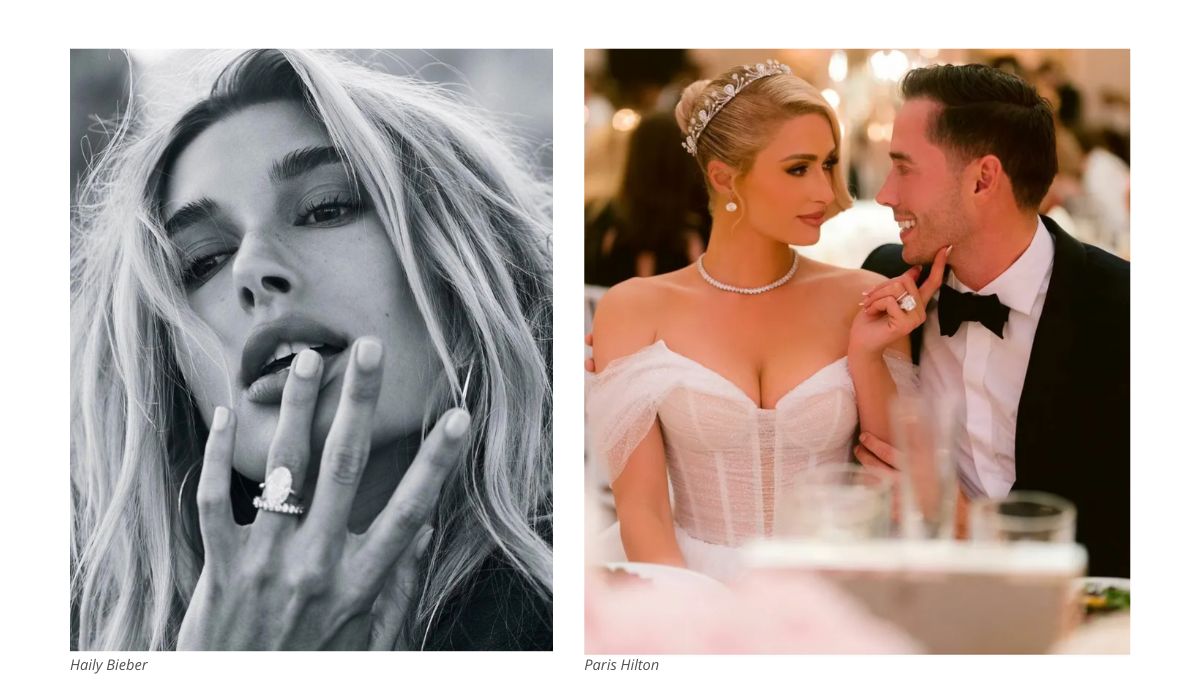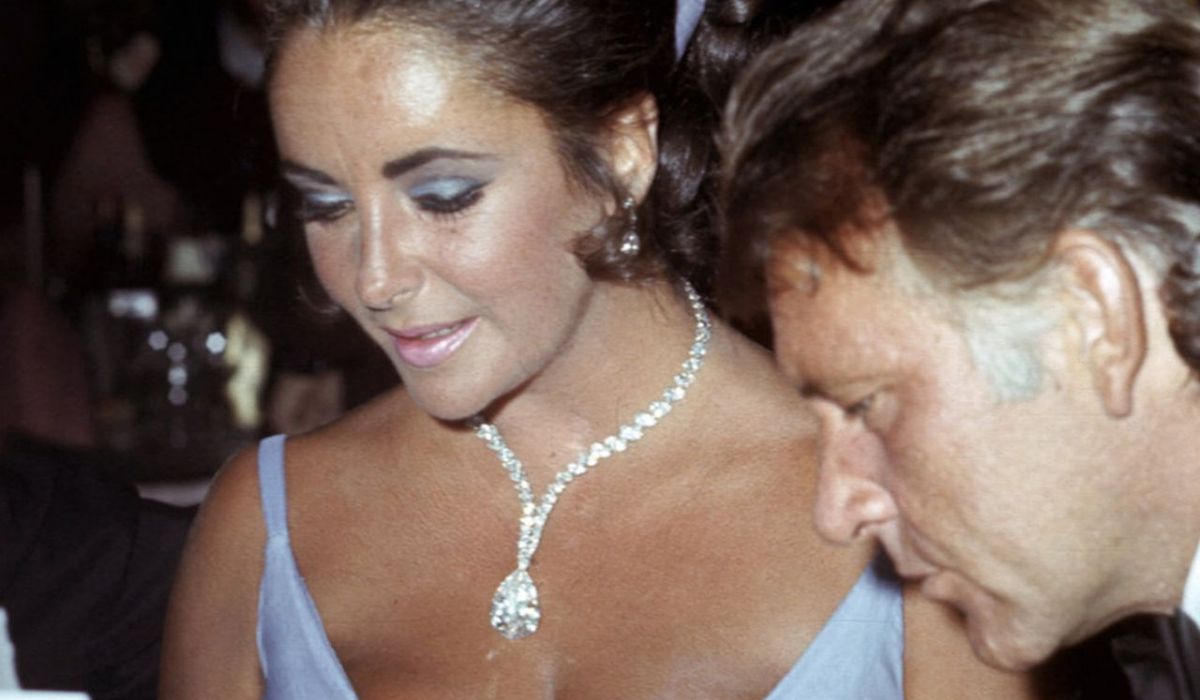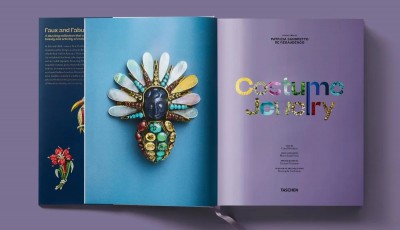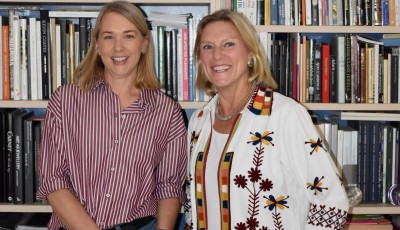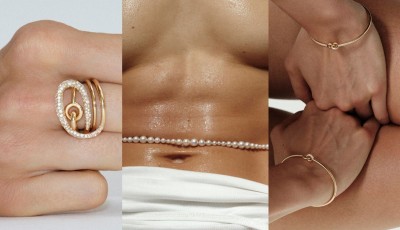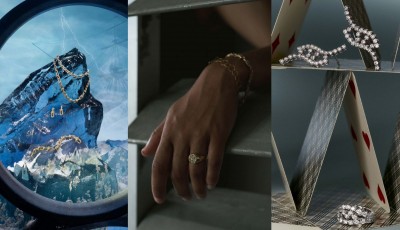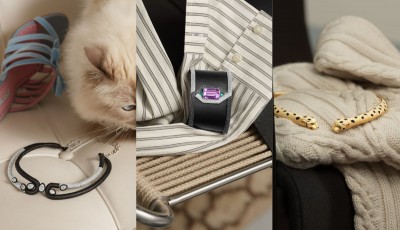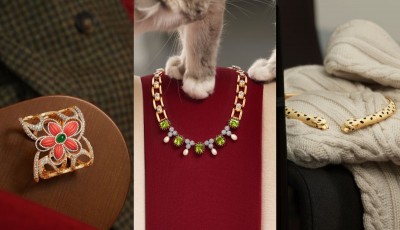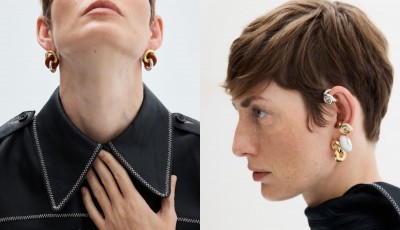Diamonds: Between Legend, Glamour, and Iconic Cuts
Whether it’s the Taylor-Burton diamond sold at auction for a record-shattering sum or the ring sparking this season’s celebrity gossip, diamonds remain an irresistible subject, especially when the conversation turns to the cuts that set the standard among

Consider Jennifer Lopez, who has collected six engagement rings from five different men. Ben Affleck alone has given her two: the first in 2002, a 6.10-carat cushion-cut pink diamond, and two decades later, an 8.5-carat square-cut green diamond valued between $5 and $10 million. Model Emily Ratajkowski received an official engagement ring from her ex-husband, producer Sebastian Bear-McClard, featuring two large diamonds, one square and one pear-shaped, that the couple designed together, based on more than 50 sketches. And Victoria Beckham has turned her engagement rings into a romantic diary, receiving fourteen from David Beckham over the course of their marriage. The first, in 1998, was a marquise-cut diamond on a yellow-gold band crafted by British jeweler Boodles.
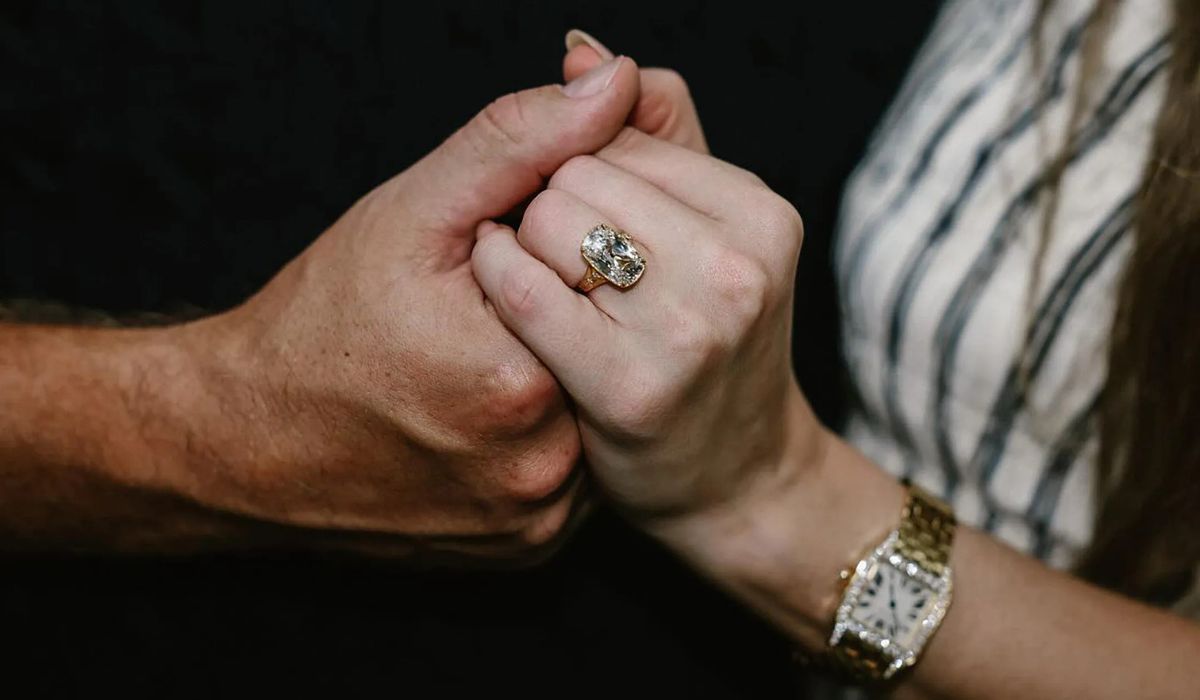
The latest star capturing the spotlight is American pop phenomenon Taylor Swift. Millions of eyes were drawn to the rounded stone now gracing her left hand and to the ring’s design: an Old Mine-cut solitaire that immediately dominated conversations and trend lists. Poised to achieve iconic status, Swift’s vintage stone underscores how celebrity has kept historical cuts in demand. The round brilliant, with its 58 facets, remains the eternal monarch – the jewelry equivalent of the little black dress, timeless and flawless.
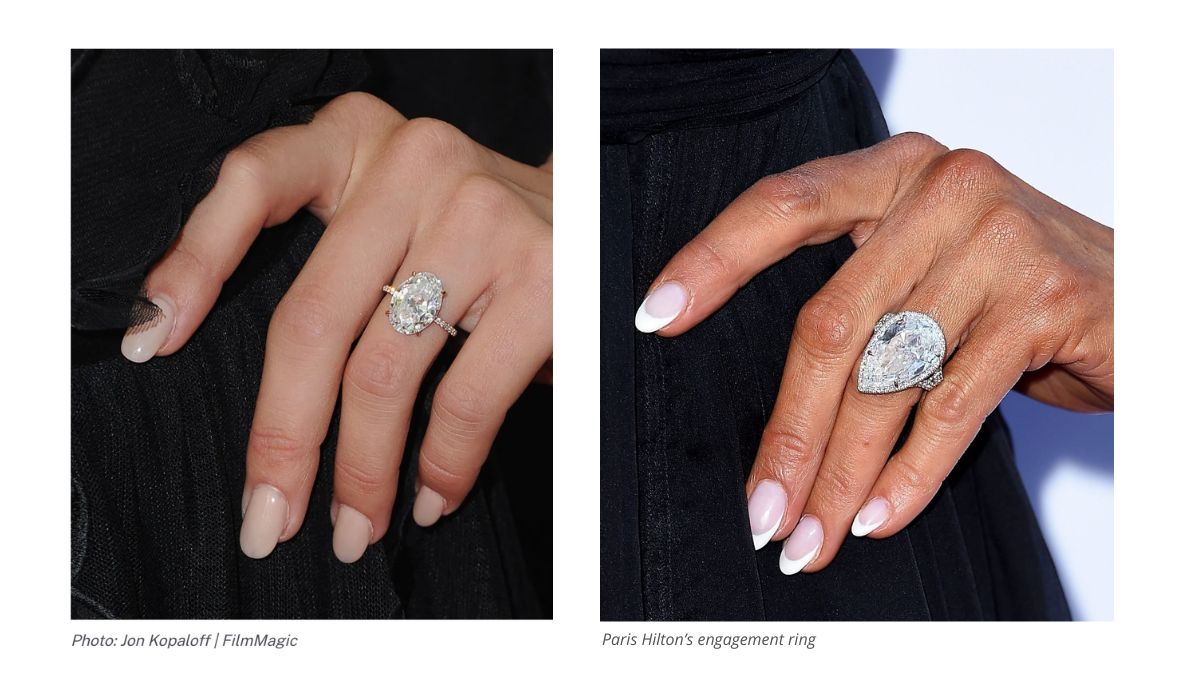
The princess cut, born in the Seventies, appeals to those drawn to modernity and sharp geometry. The marquise, commissioned by Louis XV to mimic Madame de Pompadour’s smile, still signals seduction. For devotees of severe elegance, there’s the emerald cut, beloved of Jackie Kennedy. The radiant dazzles with a cascade of light, while the pear cut delivers unforgettable brilliance. Collectors with a taste for the rare lean toward more idiosyncratic shapes: the Art Deco elegance of the Asscher, the futuristic geometry of the trillion, the hypnotic unconventionality of the cabochon. And of course, the heart cut – the most romantic of all, a sophisticated twist on the round brilliant whose unique form demands only the most skilled cutters. What remains most striking is how, in the shifting light of a single stone, the ambitions, tastes, and desires of an entire era continue to be reflected – yesterday as much as today.
